Public benches provide a place for people to relax, socialize, and enjoy public spaces. However, unanchored benches can easily be stolen or shifted unexpectedly, creating liabilities. Properly anchoring benches is crucial to avoid these issues.
Reasons to Properly Anchor Benches

Benches that are not securely installed can be stolen relatively easily. Even heavier stone or concrete free standing benches can be lifted into trucks for theft if not anchored properly.
Besides theft, unanchored benches also pose injury risks if they shift or topple over unexpectedly. If a free standing bench falls on a child, for example, the municipality that installed it could face legal and settlement costs.
Properly anchoring benches when installing them prevents these problems and costs. It also deters would-be thieves from attempting to steal secured free-standing benches in the first place.
Preventing Bench Theft
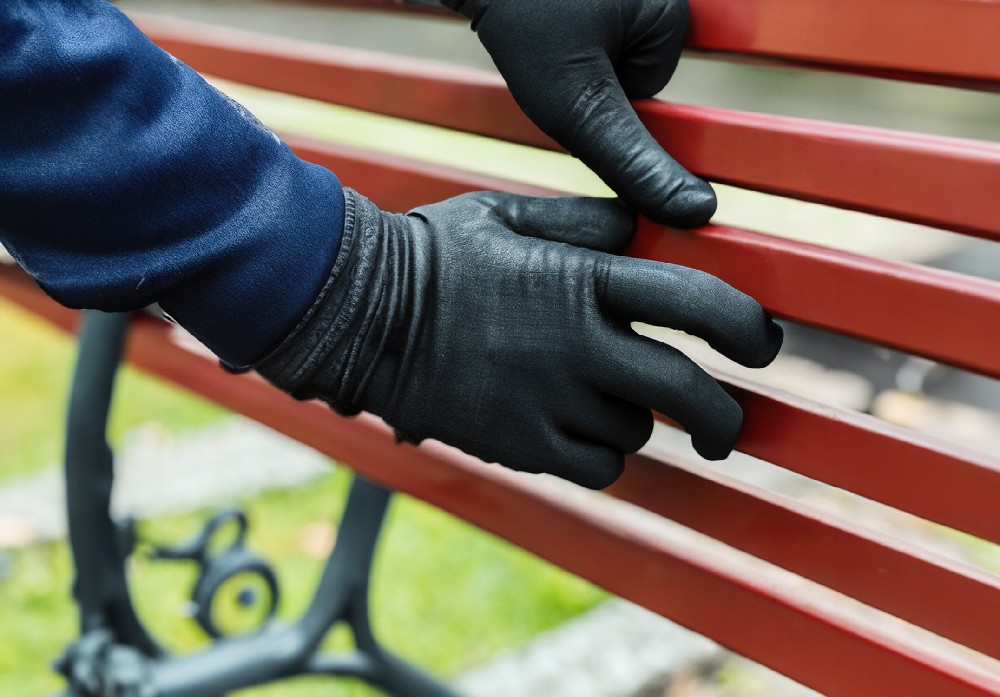
Bench theft is an ongoing issue across public spaces like local parks and downtown areas. Thieves can steal unanchored wooden picnic tables for their scrap value or for resale. Some methods they use include:
- Lifting lighter outdoor furniture into vehicles directly.
- Removing wood screws or bolts securing it in place.
- Prying up the bench from the surface it sits on.
- Dragging away freestanding but unsecured benches.
Installing sturdy anchors like solid stainless steel fixing anchors appropriate for the installation surface prevents these tactics. Anchors make removing outdoor benches extremely difficult, requiring heavy-duty tools that thieves won't have on hand.
Making anchors highly visible can further deter outdoor furniture theft. Strategies like:
- Warning signage explicitly saying benches are secured in place.
- Bright paint calling out anchor locations under the bench.
- Labeling benches with owner information or serial numbers.
These make it obvious benches are anchored and traceable, making criminals avoid targeting them.
Stopping Unwanted Bench Movement
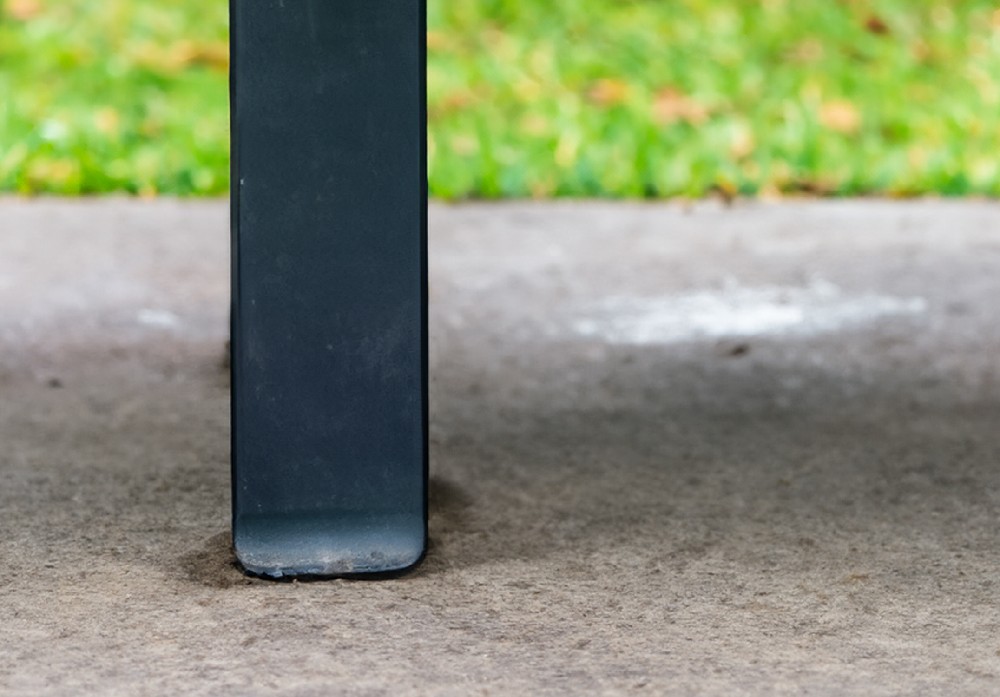
Even when outdoor benches are not stolen outright, failing to anchor them properly with solid stainless steel allows unwanted and hazardous movement in several ways.
- Getting bumped or shaken over time: As people sit down or get up from an unanchored bench, the repeated motion can make the bench shift and loosen gradually. Over days or weeks of public use, it slowly slides forward, backward, or to the side from people inadvertently pushing it. This makes the surface the bench sits on uneven, causing an accident risk.
- Bad weather:Lightweight metal or wooden outdoor benches that are not bolted down can get blown over by heavy winds during storms. Even a strong gust on an otherwise calm day could topple an unsecured bench if it hits at the right angle. The bench can then crash into other objects or people, causing damage or injury.
- Gradual bench sliding from the accumulation of motion: If an unanchored bench is nudged repeatedly in one direction more than in other ways, it builds up a gradual slide motion. For example, if people tend to push the bench westward as they get up off it, over weeks and months, it keeps inching in that direction. Eventually, the built-up slide motion could make part of the bench hang off the sidewalk edge or platform precariously.
Any type of subtle, unintended bench movement over time compromises stability and reliable footing for users. Even sturdy benches can develop small hidden cracks under the surface they sit on if shifting stresses the material.
Proper anchoring benches prevent this gradual motion risk. When secured firmly in place, the bench becomes completely fixed to the surface below. This offers the consistent stability and footing people require when sitting down, using armrests to help stand up, or placing items on the seat. Only proper anchors can provide reliable, fixed security against unwanted bench movement in all directions. Changing weather and inadvertent bumps no longer impact firmly fastened benches that are prepared for the season. This keeps benches dependably stable despite long-term public use or environmental conditions. Such anchoring is crucial for accessibility and injury prevention.
Choosing the Right Anchoring Method
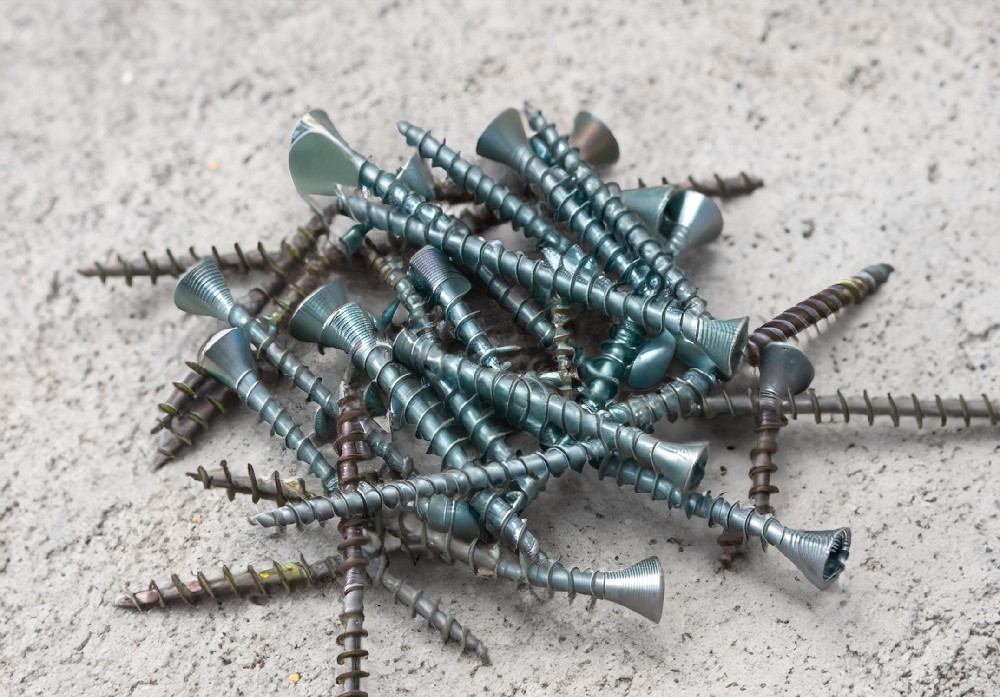
Different bench anchor types work for certain installation environments and surfaces:
Surface-Mounted Anchors
Surface mounting involves drilling shield anchor bolts directly into an existing hard surface like concrete, brick patio stones, or wood decking planks. This provides extremely secure adhesion directly.
Other factors like bench size, material, and location weather may determine the best anchors. An expert can recommend the optimal approach.
- Best for concrete pads, existing decking, and brick patios.
- Not ideal for Asphalt, loose topsoil, and unknown subsurface composition.
Freestanding Anchors
Freestanding anchors get driven into the ground underneath and attached to outdoor benches from below. This allows anchoring even where drilling into the surface is not possible.
- Best for soil, grass, and asphalt.
- Not ideal for concrete and surfaces too hard to dig under.
Other factors like bench size, bench material, and location weather may determine the best anchors. An expert can recommend the optimal approach.
Installing Bench Anchors Correctly

Once proper anchor choice is made, they must be installed precisely to maximize security.
- Consult building codes for public furniture: Most regions regulate the stability of public furniture. Local usable design expectations should be researched before beginning.
- Have subsurface utilities marked beforehand:Underground gas lines, electric, fiber optics, or irrigation systems often run beneath sidewalks or park landscaping. Digging anchors without checking utility markers risks severely damaging these assets.
- Use hardware rated specifically for securing benches: General screws or bolts from the hardware store lack specialized coatings and fittings for withstanding years of weather exposure and meeting anti-theft standards. Using security-grade, bench-rated fixtures improves safety.
- Attach anchors across full welded bench frame: Maximum stability requires spreading anchors across any crossbar structures or welded areas—not just the legs. This better withstands downward forces if jumping extra weight.
- Follow torque specs properly:Each anchor system has specific torque requirements for properly securing it while avoiding cracking surrounding materials. Under or over-tightening can loosen it unexpectedly over time. Precision calibration matters.
- Retest 1-2 weeks later: Once installed seemingly properly, anchors should be checked again weeks later when settled. This catches any early loosening before buying retesting stability. Consult appropriate building codes for public furniture standards.
Protect Benches with Concrete and Cameras

Another effective bench theft deterrent is pouring concrete footings or a concrete pad for the legs to be bolted into. Creating a permanent footing around bench legs deters prying up and stealing the bench. Reinforced concrete footing is only 3 feet square, but extending below the frost line makes removing benches nearly impossible.
Security cameras monitoring parks and public areas provide further protection. High-resolution, motion-detecting cameras that transmit footage to cloud storage can capture evidence if bench theft is attempted. Positioning cameras with direct views of benches makes it obvious theft attempts will be recorded, scaring off many criminals.
Raise Public Awareness on Bench Anchoring
Many people don’t realize anchoring importance until a problem occurs. Municipalities can take proactive steps to educate the public on preventing patio furniture theft and securing pool furniture, such as:
- Posting notices on parks departments' websites about proper bench installations.
- Informational signs in parks listing anchoring requirements with bench provider contacts.
- Presentations to community groups by facilities management experts.
Outreach makes clear why anchored benches are a priority and how the public can report issues.
Cost Savings Outweigh Anchoring Investment

A common objection to bench anchoring is perceived as higher costs. However, when considering paying for quality bench anchors, compare that to replacing a single stolen or damaged bench.
Overall, bench anchoring is a vital process to stop theft and movement issues plaguing municipalities. With proper anchor selection, highly skilled installation, and public awareness, cities can keep their public benches stable in all conditions and instances. The long-term cost avoidance makes anchors a wise investment for public infrastructure and safety.
About Furniture Leisure
For over 15 years, Furniture Leisure has provided commercial-grade outdoor furniture built to withstand heavy public use. We offer an extensive selection of park benches, picnic tables, waste receptacles, bike racks, and more crafted from durable materials like powder-coated steel, recycled plastic lumber, and sustainable woods. Whether you need backless sports benches or elegant Victorian-style seating, we have the knowledge and inventory to meet your needs.
We understand that choosing outdoor amenities for parks, trails, gardens, and other public spaces has unique demands. That’s why we offer products made to last from quality materials ideal for heavy daily use. Plus, our team provides specialized consulting so you get furniture tailored to your facility and budget.
Contact Furniture Leisure today to learn why over 5,000 businesses, government agencies, hospitals, and event venues trust us to supply outdoor furniture their patrons can enjoy for years.
Frequently Asked Questions
How deep should bench anchors be installed underground?
Bench anchor depth depends on frost line level in the region, but generally, 18-24 inches is suitable for secure freestanding anchoring that is able to withstand pulling upwards. Local codes may dictate specifications.
What tools are needed to install bench anchors?
Rotary hammers, concrete drill bits, pin drivers, hammer drills fitted with the proper sized bit for the anchors, and standard hand tools like wrenches are typically required. Always follow individual anchor system instructions.
Can bench anchors be installed on existing benches?
Yes, adding anchors beneath existing outdoor benches is often feasible, though access underneath to drive anchors may require temporarily moving benches in some cases. Surface-mounting to existing slabs also works.


















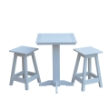





























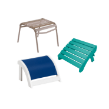





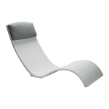







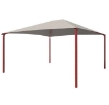
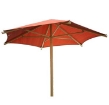
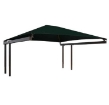
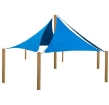
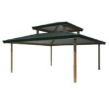
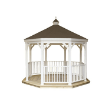
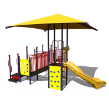













































Leave your comment